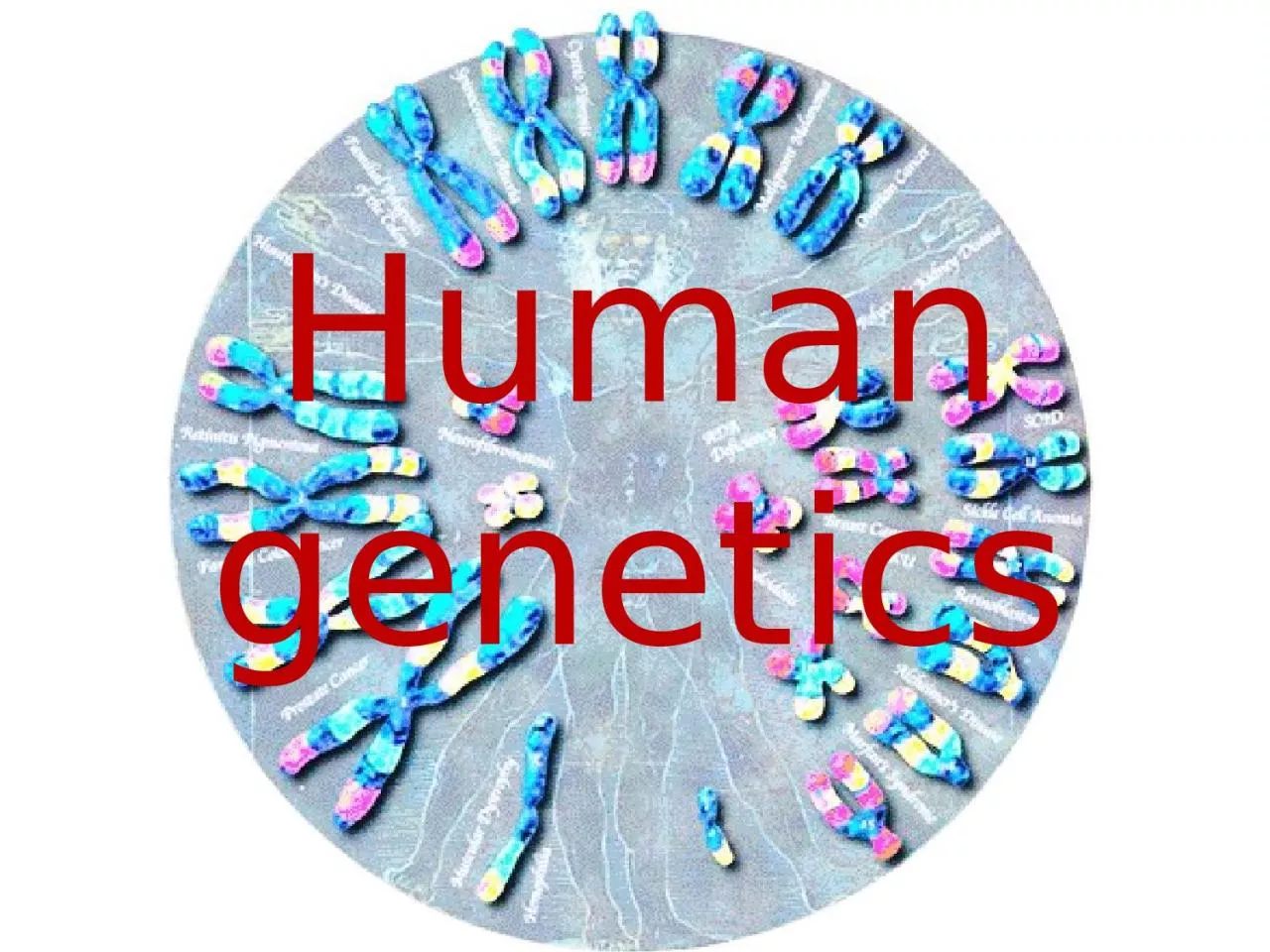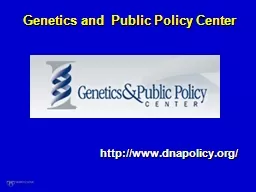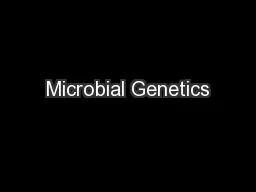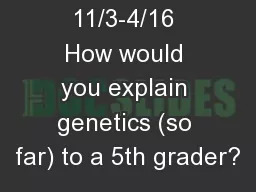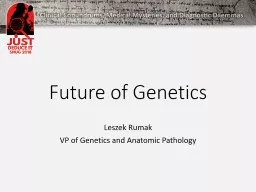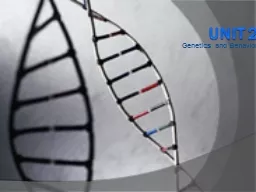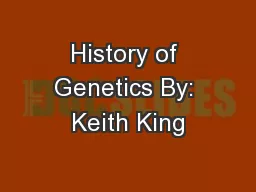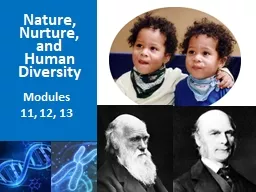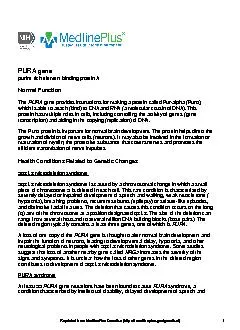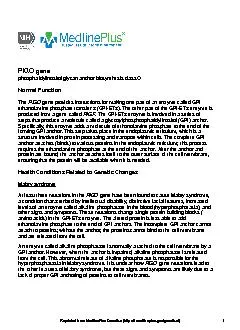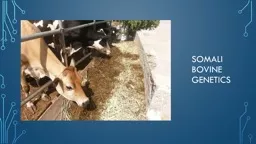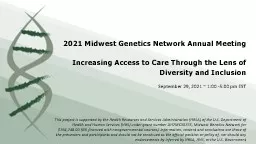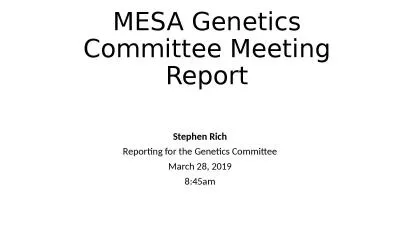PPT-Human genetics 2 Human genetics
Author : RockOn | Published Date : 2022-08-02
Lectures 17x2 Med 17x1 Stom Seminars 17x3 Med 17x2 Stom 3 concluding tests tests practical part Final examination tests
Presentation Embed Code
Download Presentation
Download Presentation The PPT/PDF document "Human genetics 2 Human genetics" is the property of its rightful owner. Permission is granted to download and print the materials on this website for personal, non-commercial use only, and to display it on your personal computer provided you do not modify the materials and that you retain all copyright notices contained in the materials. By downloading content from our website, you accept the terms of this agreement.
Human genetics 2 Human genetics: Transcript
Download Rules Of Document
"Human genetics 2 Human genetics"The content belongs to its owner. You may download and print it for personal use, without modification, and keep all copyright notices. By downloading, you agree to these terms.
Related Documents

